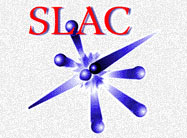 |
Search For Isolated Fractionally Charged Particles | 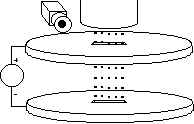 |
 |
Search For Isolated Fractionally Charged Particles |  |
The fractional charge search experiment at SLAC utilizes the Millikan method of determining the mass and the electric charge of falling fluid drops. It is the latest in a series of refinements on this experiment.
|
|
|
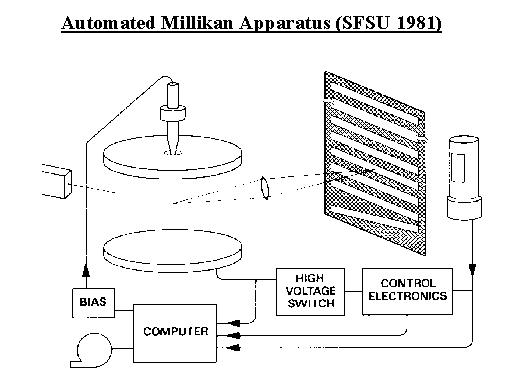 |
Fractional charge search at SLAC 1994-1995
|
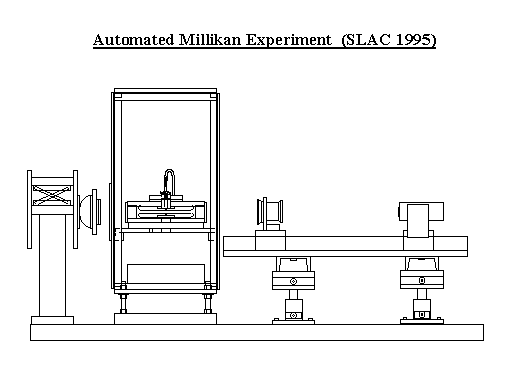 |
|
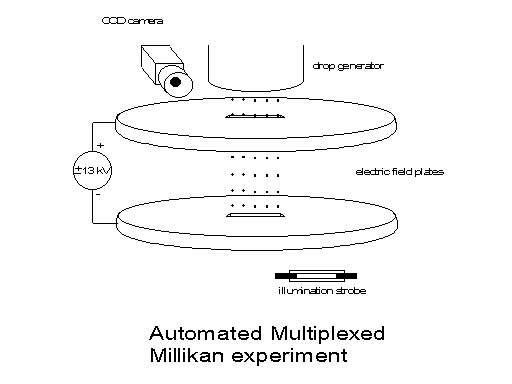 |
|
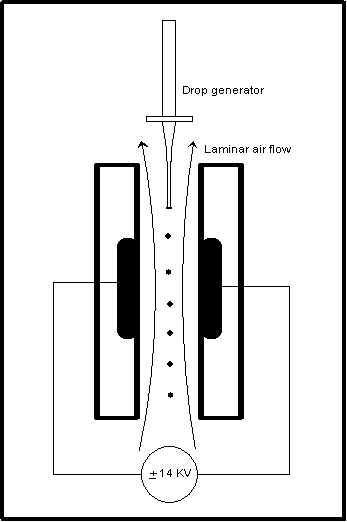 |
|
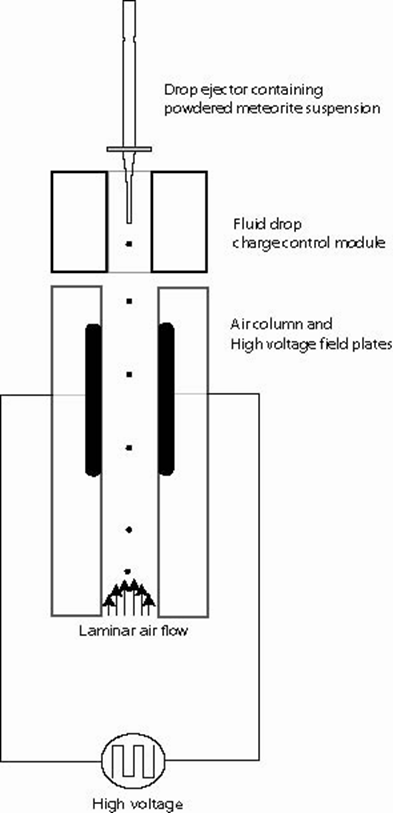 |
[SLAC home] [MPS home] [Hist] [Phys] [FCMat] [Apparat] [TestMat] [Microdrop] [Results] [Team] [Refs]
[MPSPhys] [MSPAppat] [MPSRefs]
April 30,2007
Stanford Linear Accelerator Center
Website maintenance: erlee@SLAC.stanford.edu